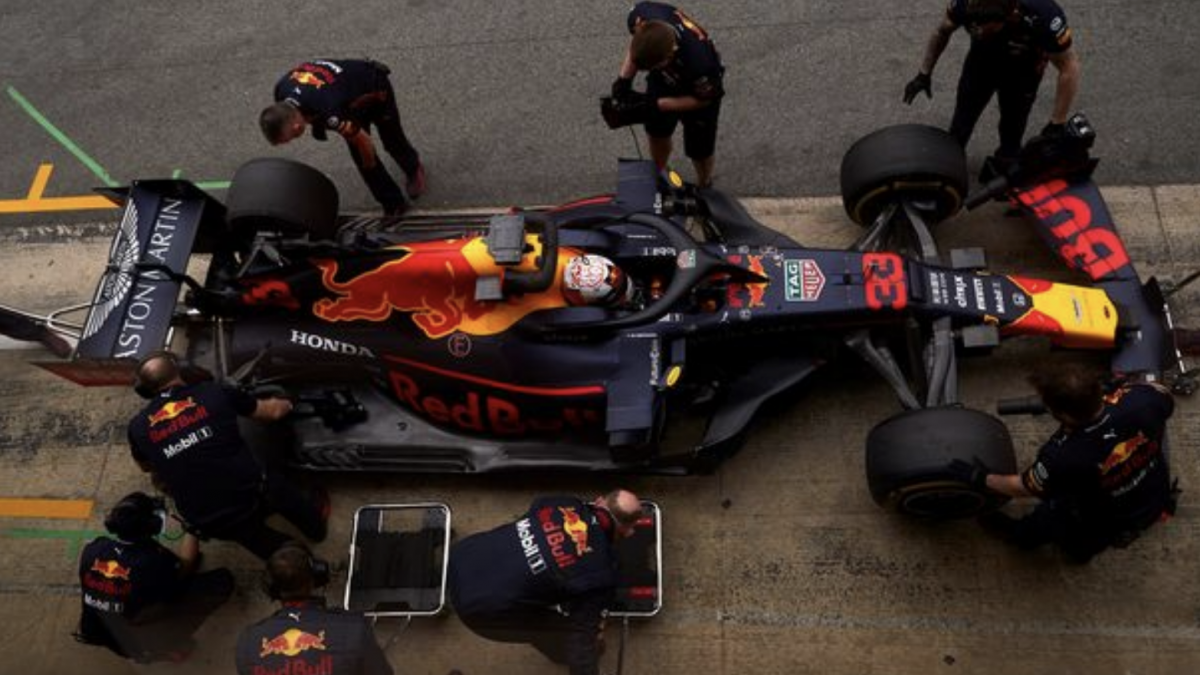Build a brand people can believe in


In a world where consumers are seeking value for money and functionality the brand can easily be overlooked. After all you cannot build a brand without a product. Consumers form opinions based on images they see and how the product behaves. Unless you add another ingredient such as a once-in-a-generation athlete who transcended his sport and became ingrained in popular culture as well. Enter Michael Jordan.

Some 16 years after his last NBA game and 21 years after his last championship, the Jordan brand line is still generating billions of dollars for Nike and Jordan himself. Almost $2.9 billion to be precise according to the 2018 Nike accounts. Three of the Jordan brand shoes remain in the top 10 selling athletic shoes: the Jordan XI Low, Jordan 1 High OG and the Jordan IX Mid. Many of the sales are generated from buyers who were not alive during Jordan’s last title run. The Jordan brand rolls-on from one generation to the next. Jordan’s performances, competitiveness and famed ‘Jumpman’ image is simply timeless and appeals to a global audience.
If there is another brand that has literally taken flight in recent years it is Red Bull. The brand’s rise in sport has been astronomical with an invested interest in 15 sports teams across 11 different sports from football to MotoGP, Rallycross, Ice hockey, Sailing, Skateboarding, Surfing and Formula 1. Coincidentally, Red Bull co-created by Austrian entrepreneur Dietrich Mateschitz and Thai businessman Chaleo Yoovidhya was launched on 1st April 1987 and is now available in 171 countries worldwide, almost as long as the Air Jordan brand launched in 1985 by Nike.

On the eve of the 2019 Formula 1 season, Red Bull F1 Team Principal, Christian Horner ruffled a few feathers by suggesting F1’s new owners, Liberty Media are struggling to develop the F1 product and brand. And, if the F1 product does not evolve or appeal to fans and followers there will be less value and interest for the teams, sponsors, media and Grand Prix promoters. According to Horner there have been improvements with digital platforms, access and promoting the sport through fan festivals but the main concern is the ‘blueprint’ for the sport from 2021 onwards. With one of the most exciting drivers in Max Verstappen you can understand Horner’s desire to innovate the F1 product, engage more fans and showcase the Red Bull brand.
Lessons can be learnt from one of the newest MLS franchises, Atlanta United, which did not exist before 16th April 2014, when Home Depot billionaire Arthur Blank acquired the MLS expansion slot for $70 million. At the inaugural MLS game on 5th March 2017 there were 55,297 fans at the Bobby Dodd Stadium. Since moving to the Mercedes Benz Stadium in 2018 matches attracted more than 70,000 for play-off games and cup final matches. The average for MLS matches was 53,002 per game during the 2017-18 season, higher than Marseille, Newcastle United and Liverpool.

When there are no players or matches in stadium to experience how can you build the brand? One of the smartest moves by President Darren Eales, former Director of Football Administration at Tottenham Hotspur, was to create a ‘Founders Club’. Fans could place $50 season ticket deposits (for maximum 8 seats) with the opportunity to gain recognition and priority seating at the yet to be built Mercedes Benz Stadium. By the end of 2015 more than 15.000 season tickets had been reserved. Eales confirms much of the community goodwill was created by Arthur Blank who established Home Depot in Atlanta in 1972 and was the owner of the Atlanta Falcons since 2002. By reaching out to residents at local events, meet and greets, watching Champions League matches in bars together, the founding members became micro-ambassadors for the club. The Academy from U12 to U18 was set-up before the first team opening another channel to engage fans. Even with 63% of Atlanta residents born in another state interest continued to grow. Simply speaking, Atlanta United generated local pride and a team the whole community could believe in.
A brand is only as strong as the people who build it. Whatever product or service you offer, people need reasons to believe. The more they believe the stronger the brand. What are your reasons to believe?